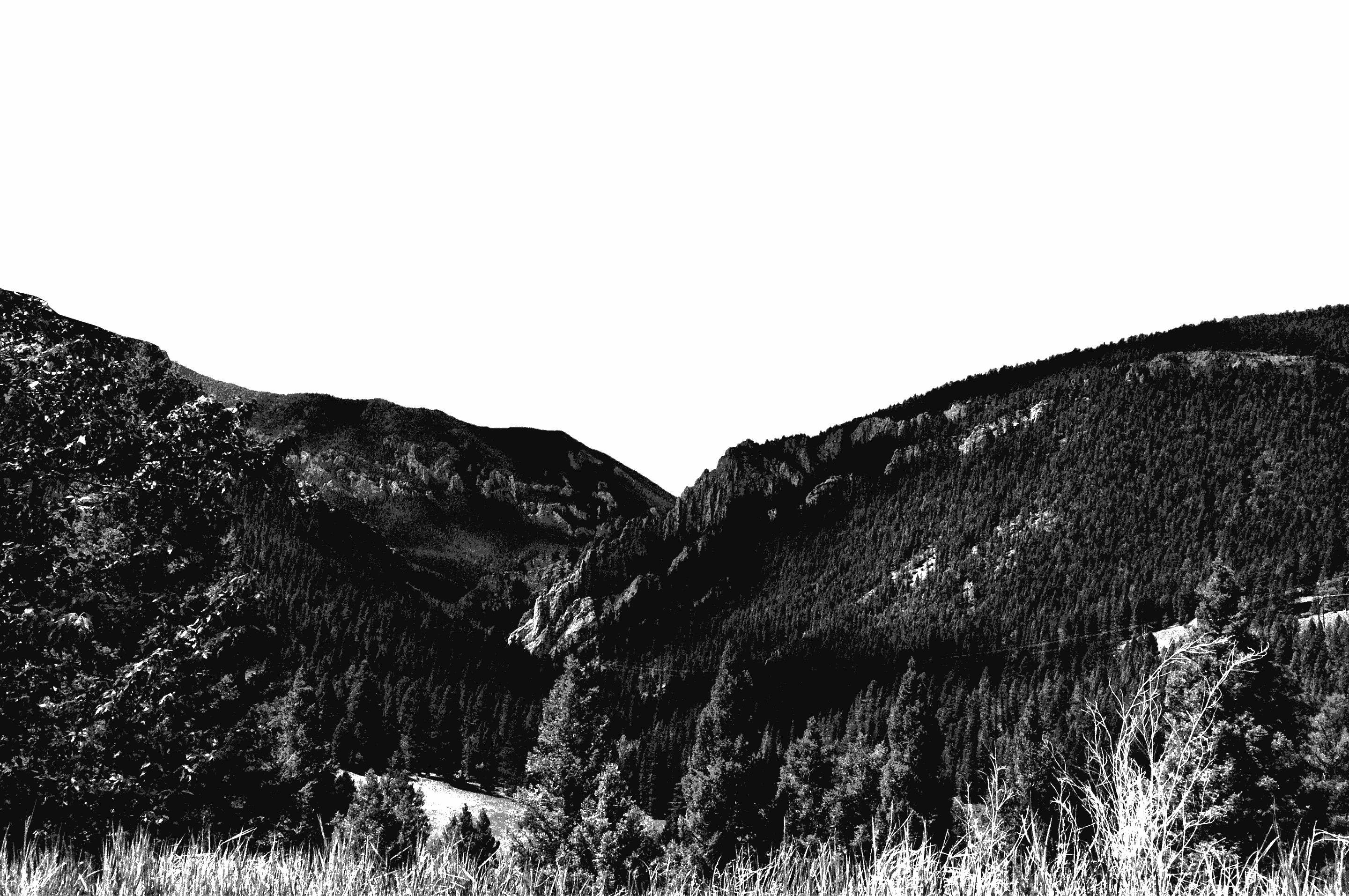National Science Foundation Grant
5-Year, $527,969 Award
Principal Investigator:
Ashley Beck, Ph.D.
Assistant Professor, Genetics
Department of Biological and Environmental Sciences
CAREER: Dissecting Snow Algal Community Interactions to Understand Climate Change Impacts (NSF ABSTRACT)
Algae blooming on snow, ice, and glaciers (commonly called pink snow) accelerate melting due to the absorbance of light by their dark pigments. With rising temperatures, additional contributions to glacier and snow melt are becoming of greater concern. Snow algae grow in communities with other microorganisms such as bacteria and fungi. Currently, little is known about the interactions between algal and non-algal species or how they respond to environmental conditions. This project investigates snow algal community in Montana using a bottom-up approach, first characterizing the makeup of snow algal communities and isolating members for controlled laboratory growth experiments, leading to development of a model detailing how individual species contribute to community growth. By sampling snow algal communities in the same locations over five years, this project will gather important information about the seasonal and annual dynamics of snow algae.
This CAREER project will involve National Forest and Park partnerships, integrate undergraduate researchers in the research process both inside and outside of the classroom, and engage rural Montana middle schools with the data collection process and underlying scientific concepts. The results of this project are expected to advance current understanding of snow algal community composition, function, and response to changing environments. Gaining an understanding of how snow algal communities operate is anticipated to also aid in devising strategies to better manage their effects on snow melt. The overarching goal is to develop an experimentally grounded model system of snow algal communities predicting their responses to key environmental variables, such as light and nutrient availability. To develop a metabolic scale understanding of interspecies interactions, three major approaches will be used to investigate snow algal communities in Glacier National Park and the Beartooth Mountains in Montana: (1) characterize snow algal community structure and identify genetic potential through Nanopore DNA sequence profiling, (2) develop a representative snow algal community metabolic model from genomic information and predict responses to key environmental variables through computational analysis of metabolic pathways, and (3) cultivate select algal species under laboratory conditions to test responses to environmental factors and provide feedback to refine the model.
Each of these objectives is intertwined with undergraduate education through bringing research into course-based labs and offering individualized summer research experiences. This work will advance current understanding of microbial interactions in snow algal communities and gain insight into ecosystem impacts; understanding productivity and stability over time in response to changing environmental factors is essential to predict how snow algae may affect the global climate crisis in years ahead. The research process will establish a structure for transforming large environmental genomic data sets into predictive models, helping to both describe and quantify microbial interactions and nutrient cycling in response to environmental stressors.
This project is jointly funded by the Population and Community Ecology Cluster, Division of Environmental Biology and the Established Program to Stimulate Competitive Research (EPSCoR) and the Systems and Synthetic Biology Cluster in the Division of Molecular and Cellular Biosciences.
CARROLL STUDENT EXPERIENCE:
Previous research with Carroll students has established the ability to perform DNA sequencing on-campus with environmental samples, using Oxford Nanopore technology to analyze microbial communities in water and soil. This grant combines state-of-the-art sequencing with field ecology and theoretical modeling to provide students a diverse array of experiences.
Students will be involved in the project in a variety of formats, from intensive summer research sessions combining field sampling trips and molecular bench work, to course-based research labs studying the genomics, physiology, and ecology of these organisms, with the opportunity to develop their parts of the project into senior theses. Engagement with the broader community is also strongly emphasized as part of this research, and students will participate in outreach by developing educational materials and sharing their work with rural schools around Montana. Students will also enhance their professional and networking skills by presenting at national conferences and contributing to the preparation of peer-reviewed publications.
This project presents a unique opportunity for students to participate in real-world research and enhance their career preparation by learning to think from a systems perspective and synthesize computational, lab, and field work in a big-picture context, in this case relating snow algae communities to climate impact.
